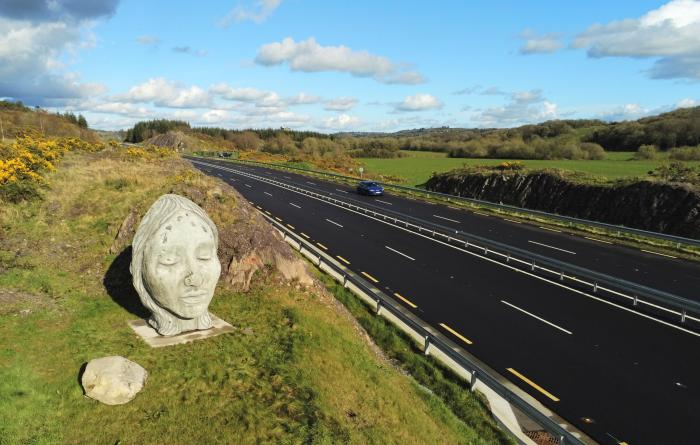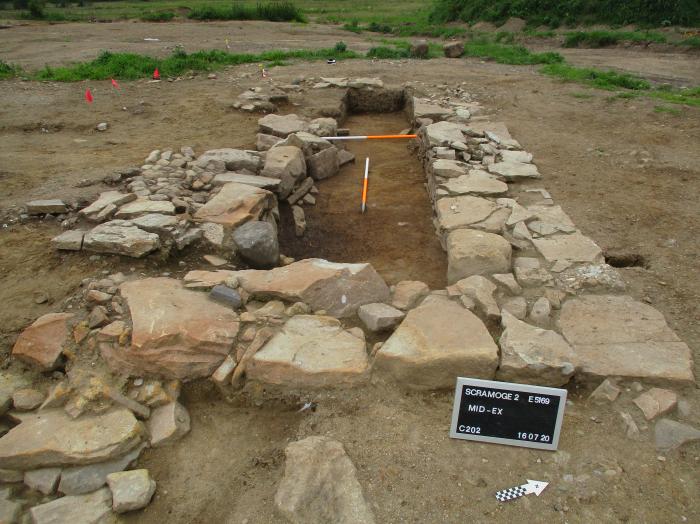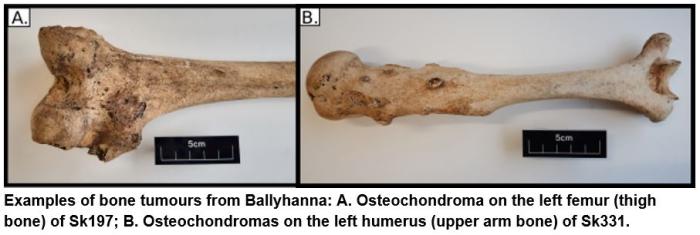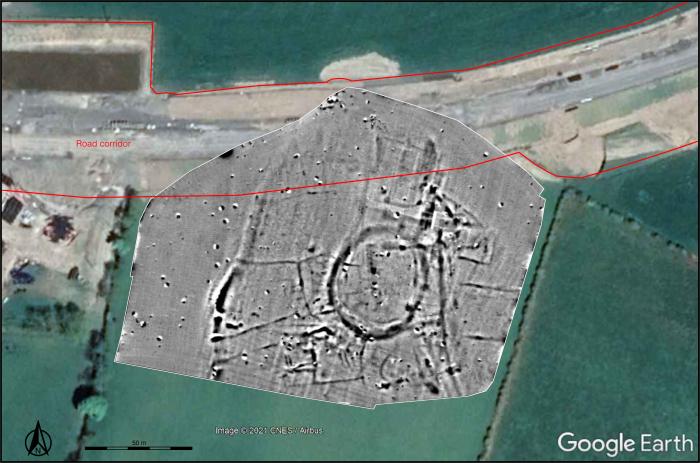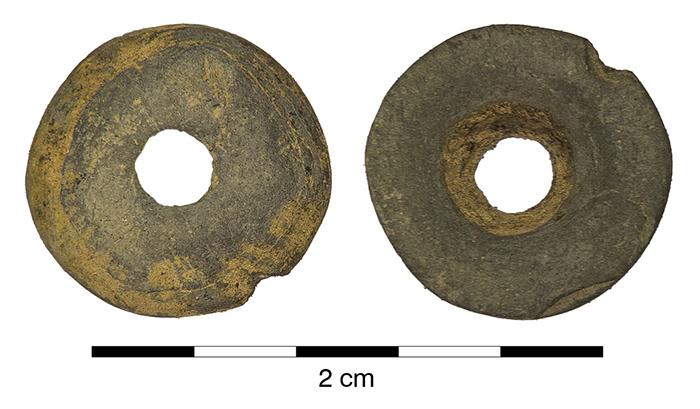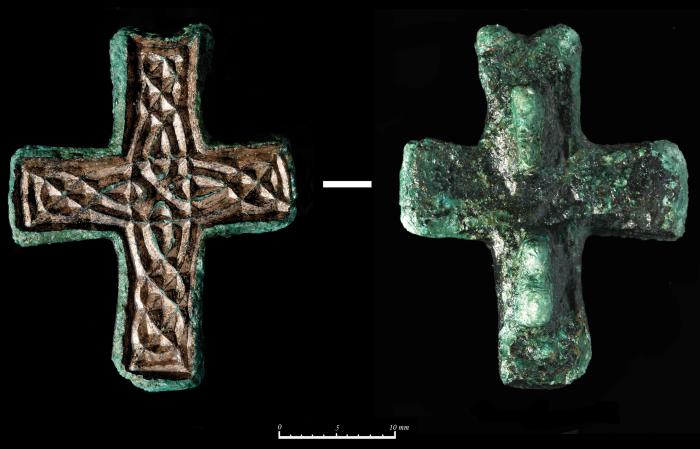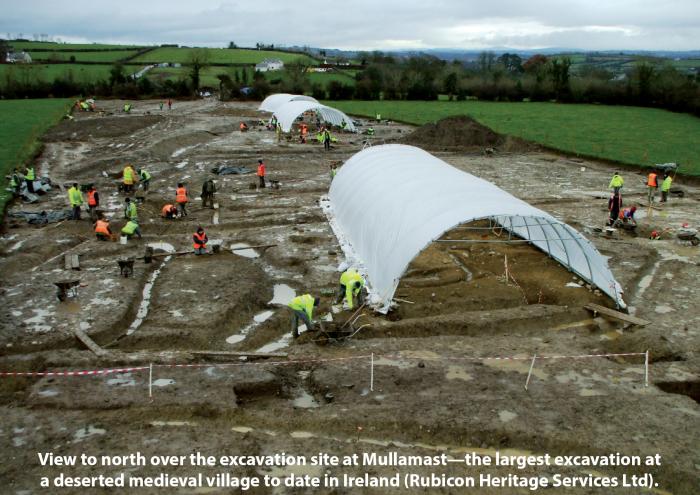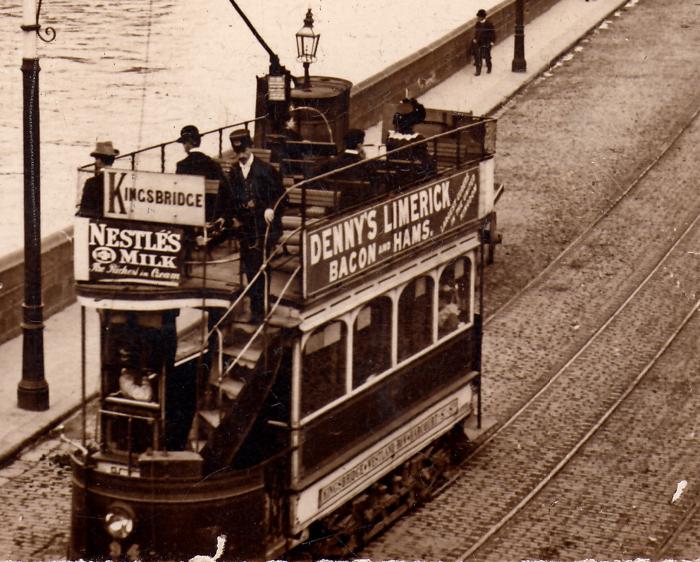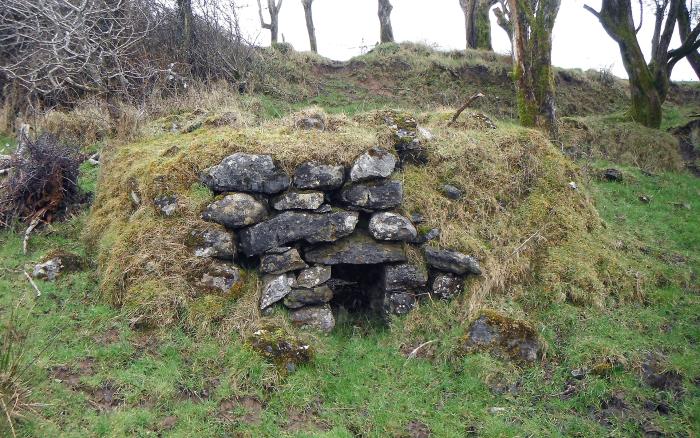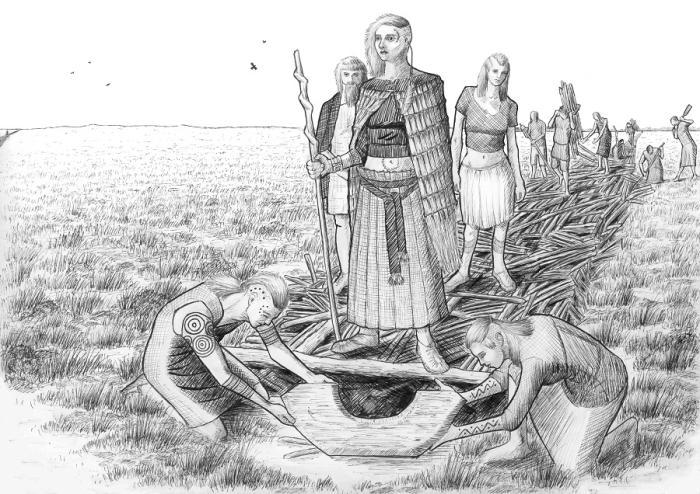Seanda Ezine
Is ríomhiris seandálaíochta é Seanda ina mbíonn ailt ó am go céile maidir le fionnachtana agus acmhainní nua seandálaíochta ó Rannóg Seandálaíochta & Oidhreachta TII.
Ríomhleagan den irisleabhar Seanda is ea é a foilsíodh idir 2006 agus 2013 agus is féidir teacht sa leabharlann Seandálaíocht agus Oidhreacht.
Seandálaíocht agus Oidhreacht